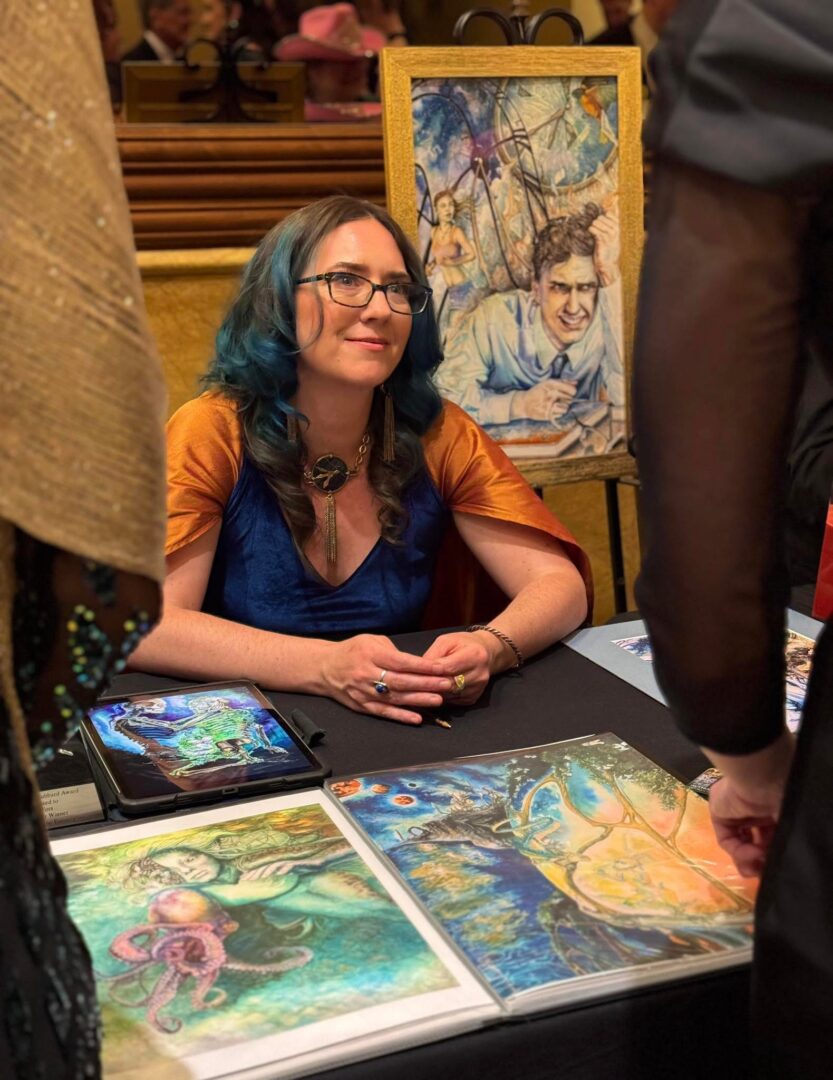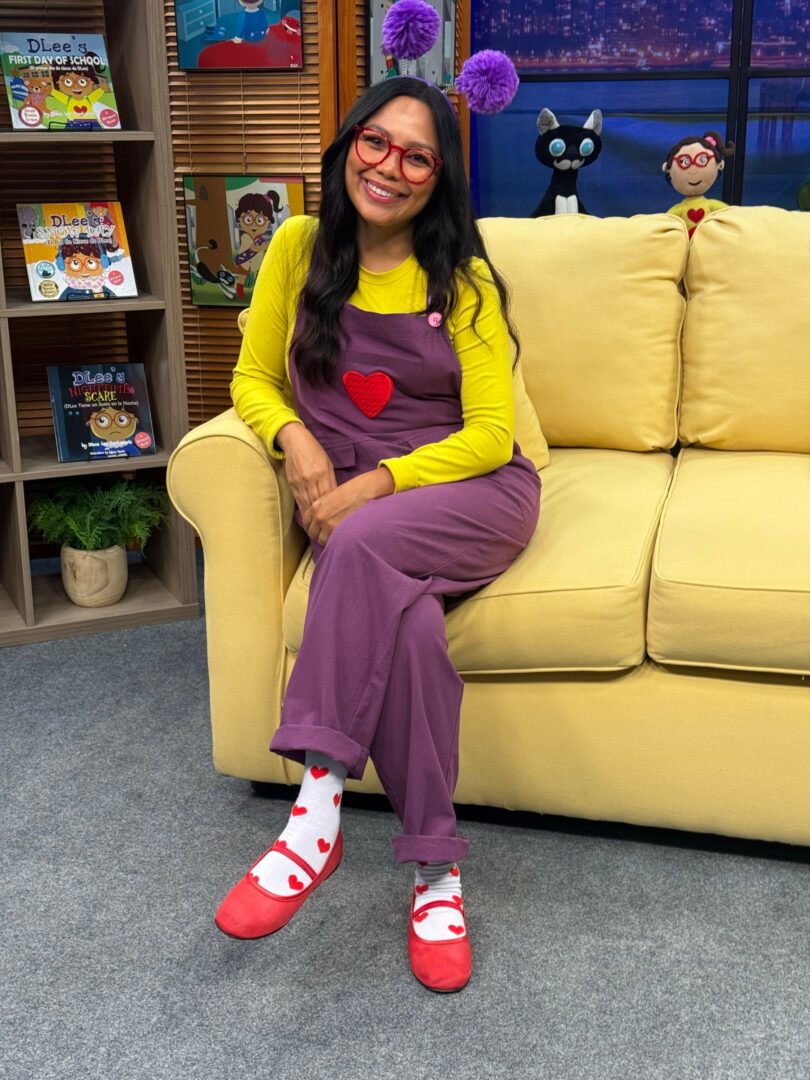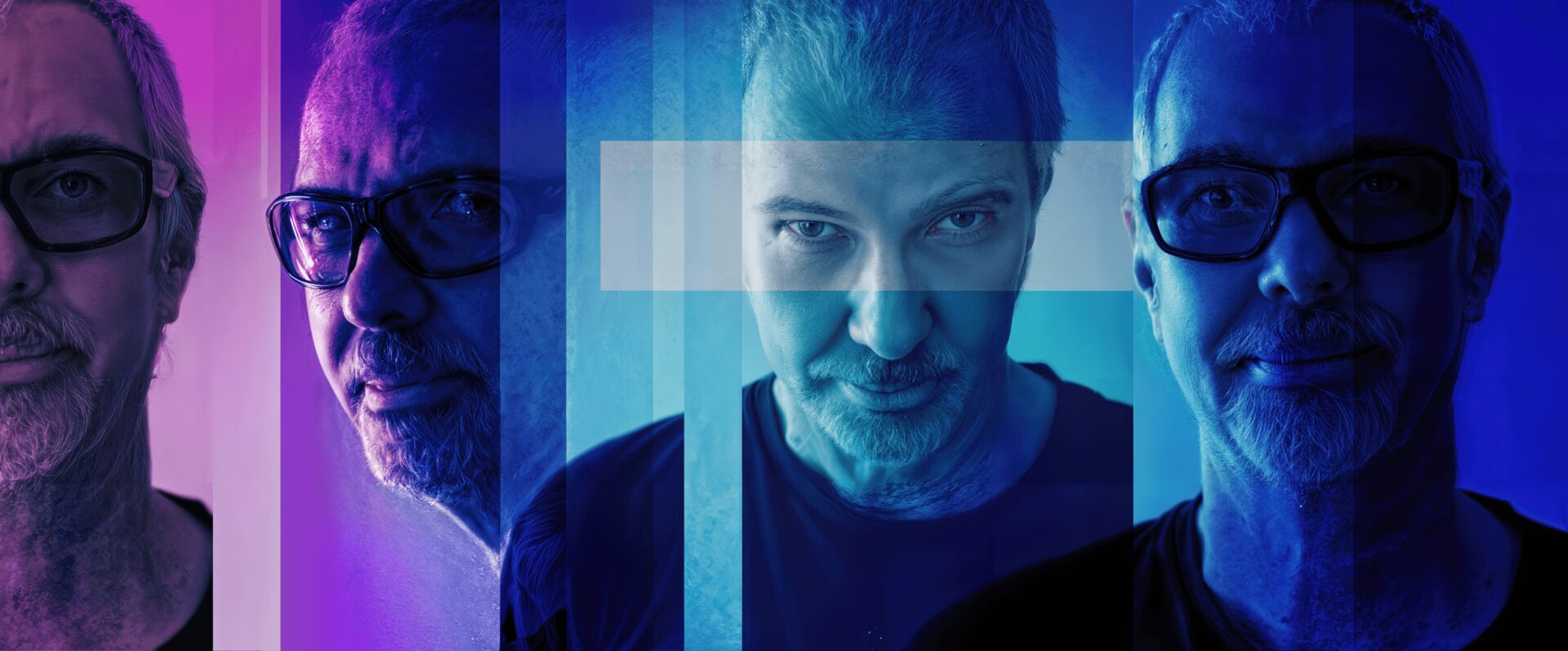We’re excited to introduce you to the always interesting and insightful Cherrie Lynn Fors/CL Fors. We hope you’ll enjoy our conversation with Cherrie Lynn below.
Hi Cherrie Lynn, thank you so much for opening up with us about some important, but sometimes personal topics. One that really matters to us is overcoming Imposter Syndrome because we’ve seen how so many people are held back in life because of this and so we’d really appreciate hearing about how you overcame Imposter Syndrome.
The realm of creativity provides fertile fields for doubt, insecurity, and imposter syndrome. Creation in itself is an act of reaching out for connection. Inevitably, rejection is a part of that dynamic. As a writer, illustrator, and publisher. I face fear with all its many faces each time I pick up a brush, pen, or keyboard, because I am dipping into unseen worlds and hoping to manifest them for the common eye to perceive. Once I’ve accomplished that mammoth task, I can hide it away, or I can take the risk of sharing. Submitting and sharing art of any kind is a vulnerable act of bravery and for some of us, for me, it begs the question, “How can I be good enough? How could this that I’ve made, be good enough?”
For me, imposter syndrome isn’t something I’ve overcome; it’s something I’ve reframed and used as a tool. Imposter syndrome is a flavor of self-doubt that is, at its root, false messaging originating from our early lessons in life. It assumes a high risk of failure and sends out whole body alerts, thoughts, and ideas to discourage new risks that could, from my misguided brain’s perspective, kill me.
The first step to reframing imposter syndrome, for me, was to recognize it for what it was. Imposter syndrome left to fester became the inner reticence and resistance that kept me from finishing projects, or submitting what I did finish. I had to build skills to first hear and recognize those discouraging thoughts and then to reframe them. “This is too big and I’ll never finish. Why try?” “No one will like it.” And buried even deeper, “Sure, you could finish this, but then people will think you can maintain it.” “Eventually you’ll disappoint everyone.”
Some of these thoughts are more easily dispelled, but for others I had to take a hard look at my core beliefs about myself. Throughout my twenties and thirties I struggled to complete my creative projects, and I’ve spent the last decade gradually building trust with myself that I can keep my creative promises, finish what I start, and be reliable for myself and others.
Just recognizing the thoughts that trigger imposter syndrome took away some of their power, but the skillsets I’m talking about, I learned using dialectical behavioral therapy and cognitive behavioral therapy. Using daily mental exercises and science-based meditations, I worked on mindfulness, acceptance, the ability to challenge harmful thought patterns, and developing distress tolerance. Access to a good practitioner is hard to find, so I took on the responsibility of self-directed practice using a workbook with the help of my brother, who’d spent years learning it from a good therapist. Not only did my practice improve my ability to function in day to day life and in my creative work, it also repaired my mental health and made me able to reach for bigger things.
But something I’ve learned about imposter syndrome is that higher levels of success and recognition can bring up new degrees of imposter syndrome, and it can be brought up by perceived success, failure, or opportunity. When I started putting myself up for bigger challenges and receiving recognition and accolades for my illustration and writing, I found myself challenged anew with feelings of intense imposter syndrome and self-doubt, extreme enough that I would tremble and lose my words when I even thought of submitting to something prestigious or talking to someone I admired. Solving it came down to my hard-won skillsets, the trust I had already built for myself, and the people I chose to keep around me.
Faced with a bout of paralyzing imposter syndrome, I would take a moment to recognize the underlying thoughts and the root fears speaking through them and check them against cognitive distortions. I would ask myself what felt more true: the fear thoughts or something else. From there, I would make decisions and fall back on a set of rules that I made for myself to follow when I’m feeling imposter syndrome. Rule one: If I feel afraid to talk to someone, that means it is now a requirement. Rule two: If I’m reticent to submit or apply myself to something that I’ve decided logically is a good career move, then I am required to go through the motions to the best of my ability and do it. I don’t have to be confident or excited because sometimes that’s asking too much with imposter syndrome in full sway. Rule three: I am not allowed to talk bad about or downplay what I create. Which leads to the next most important thing I did to reframe imposter syndrome. When I slip up, my friends and family remind me or fill the gap. They point out that I am an award-winning illustrator and a multi-published author or anything else I might need to be reminded of in the moment.
Using rule one—”If I feel afraid to talk to someone I must,”—I curated a community of supportive and successful friends who love me and remind me that imposter syndrome is my brain’s misguided attempt to protect me, not truth. They encourage me to push past it, just like I do for them. I built my creative support network out of family, friends, and professionals, many of whom I met at Superstars Writing Seminars and Writers and Illustrators of the Future. In this order, my solution to imposter syndrome is healing, connection, and community.
Thanks to the work I’ve put in and the people I’ve surrounded myself with, I would say that I no longer live at the mercy of imposter syndrome. When I feel the familiar doubts welling up, I take that as a sign that I’ve hit on an opportunity that could be really good for me. Instead of a warning sign, it is a guidepost. I’m sure there will be still higher levels to navigate, but I am ready for them because I’ve made challenging and pushing through doubt a daily practice and a way of life. Word by word, brush stroke by brush stroke, choice by choice.
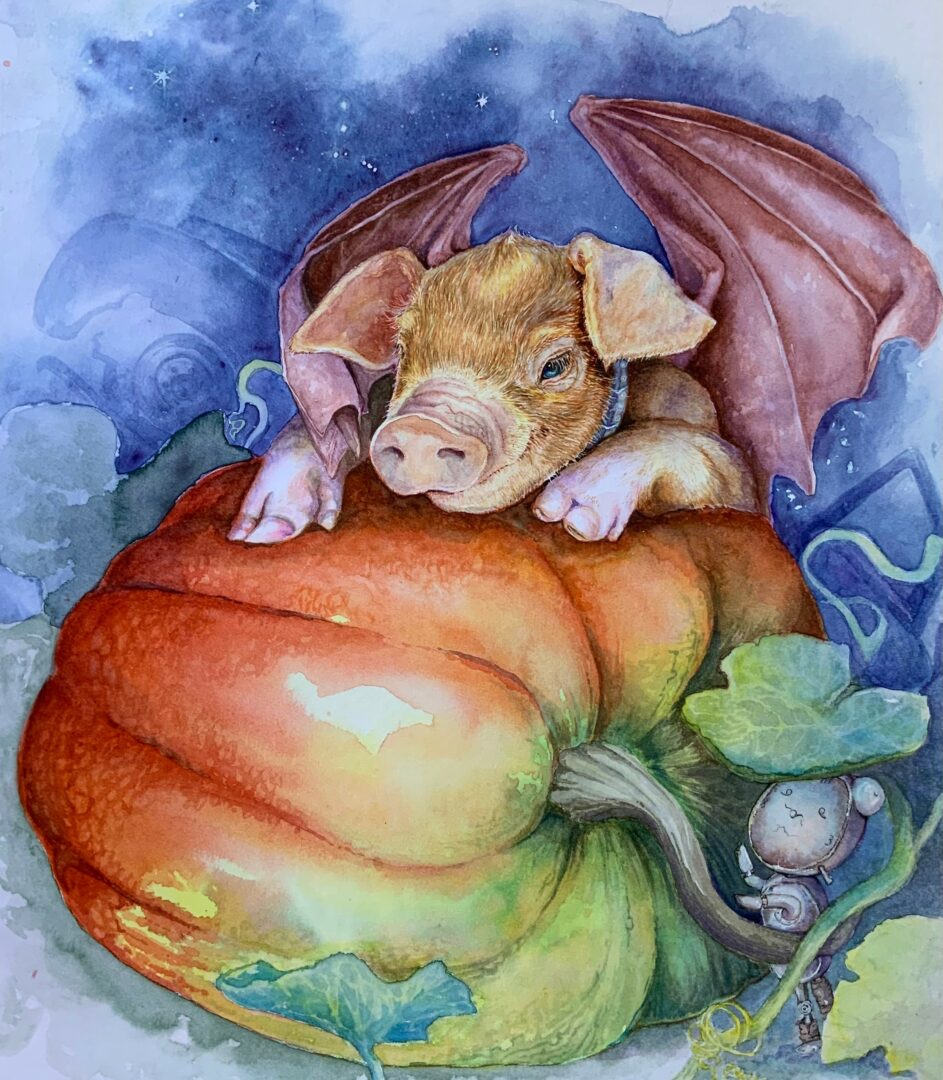
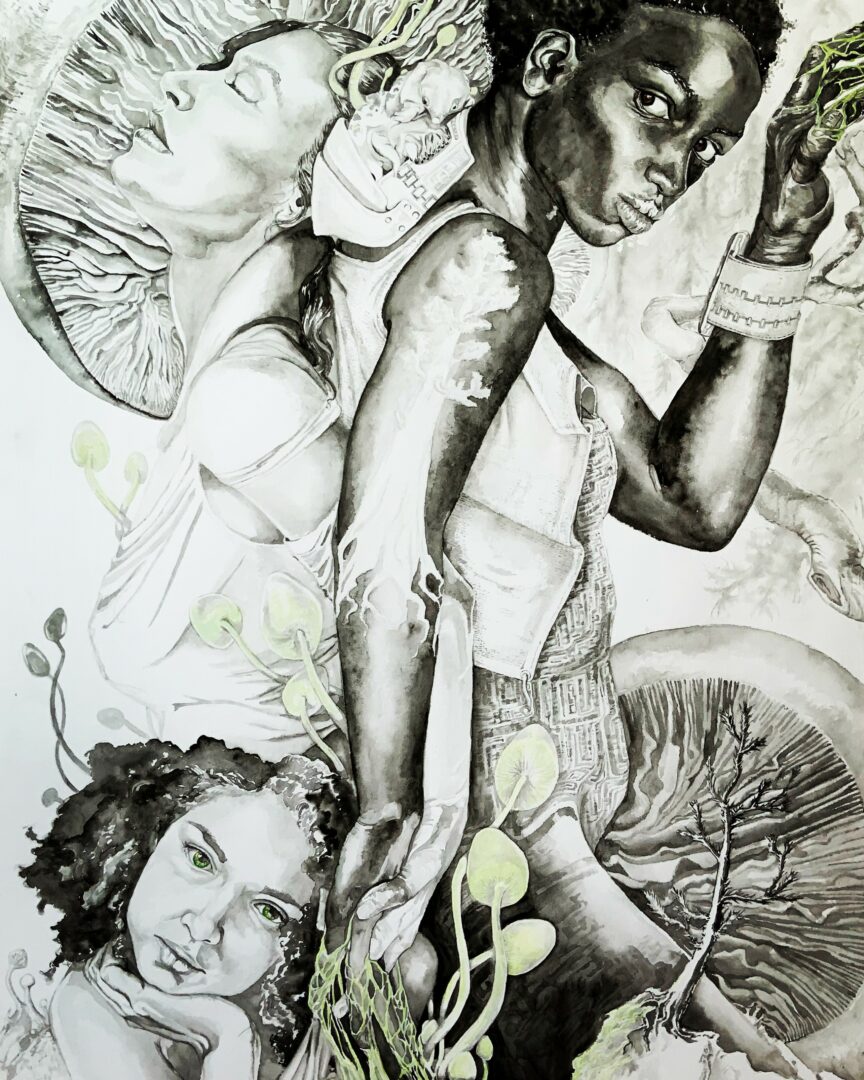
Thanks for sharing that. So, before we get any further into our conversation, can you tell our readers a bit about yourself and what you’re working on?
I’m an artist of multiple mediums with a myriad of interests. I go by CL Fors—Cherrie to my friends—and I consider myself a modern day renaissance woman, author, illustrator, publisher, and artisan dragon. I create to defend and uplift a world of hope and infinite possibility for all. My many passions inform and enliven my creations.
I’ve lived a half-dozen lives as an actor, military intelligence linguist, midwife and doula, mother, and creative dervish. I’m currently raising three sons and a daughter, plus two snakes, a chonky cat named Lucifer and one pup. I have a Masters degree in Publishing and a second Masters in Genre Fiction is currently keeping me studying.
My husband and I are co-founders of Epitome Press publishing since 2015 and together we publish works of speculative fiction.
If you’d like to check out my novels and my illustrations, I am the author of the Primogenitor series, a four book science fiction epic of humanity stolen and reclaimed currently with audiobook version in the works. I have two more novels on the way, and I’m actively illustrating Orion’s Flight—a graphic novel written by me, about a genetically engineered bat-winged piglet.
I have a new book coming out in mid-October, titled More Than One. If Fern Gully grew up and turned sci-fi and had queer, black characters you’d get a taste of More Than One. It has similarities to Semiosis by Sue Burke and will be a treat for climate future fiction, hope punk, and mushroom enthusiasts.
All of the trees will die…
Over Quin’s dead body.
As the only tree-whisperer left on Earth, Quin
Lafleur can interface with trees and download their knowledge into her mind.
But the environment is in collapse. The trees are
missing something crucial
When Quin falls mysteriously ill, the touch she uses to communicate with saplings and fight their decline now sickens and kills them, and its killing the
mushroom that translates tree-language for her.
The survival of tree-kind—her life, her sanity, and her relationship with her
daughter are all at stake.
I’m a recent Illustrator of the Future winner featured in volume 41 of the Writers of the Future Anthology. I love to paint life, texture, and flesh in startling vibrancy whether the topic is science fiction, fantasy, horror, or other speculative fiction. I’m equally skilled with ink, digital, acrylic, and graphic design. You can find me on most social media platforms. I’d love you to join my newsletter here: tiny.cc/clforstaproot and check out my Patreon here: patreon.com/OrionsFlight
Website: www.clforsillustrator.com
Website: www.clforsauthor.com
Facebook: CL Fors
Facebook Page: C.L.Fors@Primogenitorseries
Twitter @CLFors
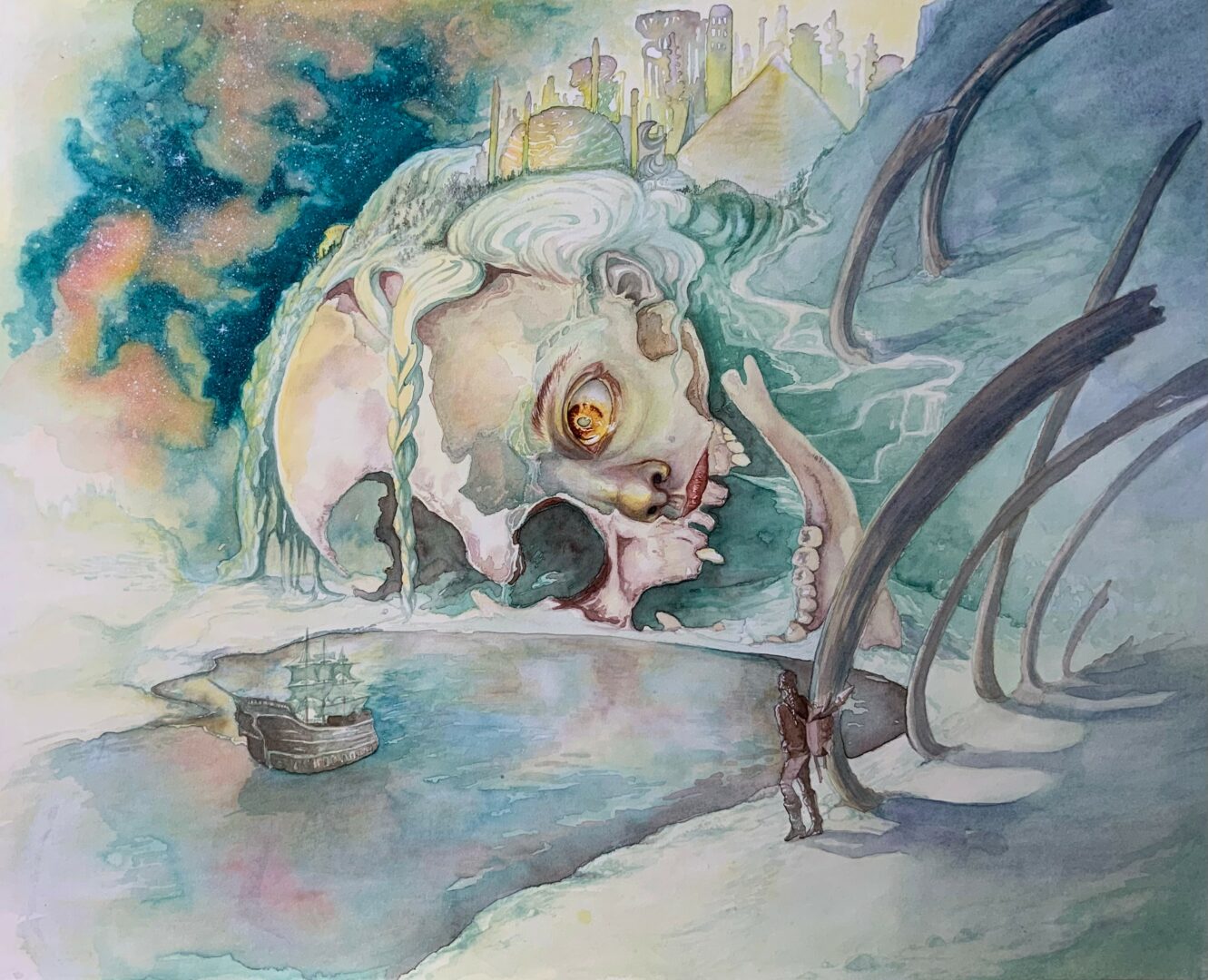
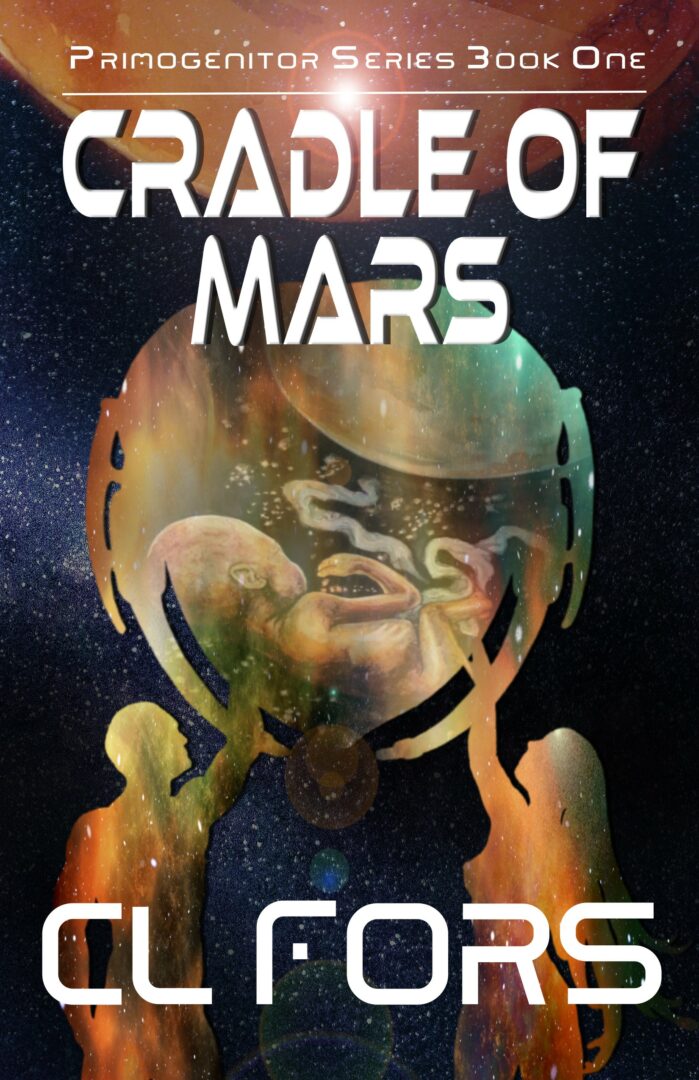
There is so much advice out there about all the different skills and qualities folks need to develop in order to succeed in today’s highly competitive environment and often it can feel overwhelming. So, if we had to break it down to just the three that matter most, which three skills or qualities would you focus on?
I have a strong drive to seek self-improvement, a tendency towards introspection, and a deep love of humanity. These three traits combined led me back to creative pursuits and facilitated my path again and again. Desire for self-improvement helped me grow and overcome obstacles, and taught me a growth mindset. Introspection helped me overcome the common tendency to make excuses and lie to myself, and it made change easier to accomplish. My love of humanity helped me overcome isolation built on fear and a dislike of people that I learned growing up. I always hoped and longed for connection on a larger scale and once I found that core of love, I was able to remind myself what I was creating for.
To develop these traits, I’d recommend first cultivating curiosity about them and reading about related topics and skills, starting with the idea of a growth mindset and then delving into dialectical behavioral therapy with the Dialectical Behavioral Therapy Skills Workbook and Guided Mindfulness Meditations by Prof. Mark Williams and Oxford Mindfulness Centre. Reading non-fiction explorations of the traits you are looking to develop can build a groundwork for your mind to work on. The first step towards cultivating a practice of self-improvement is to acknowledge your fallibility and remind yourself that being a work in progress doesnt decrease your value as a person. Introspection can be developed by taking a moment when a difficult feeling or reaction comes up to write down what happened and ask yourself questions until you get to the root feelings that triggered the response(a DBT technique). Developing love of humanity requires us to love ourselves better. Begin to forgive yourself for your perceived flaws and mistakes, and you may be able to extend that to family, friends, and even further to the guy down the street and the rest of humanity.
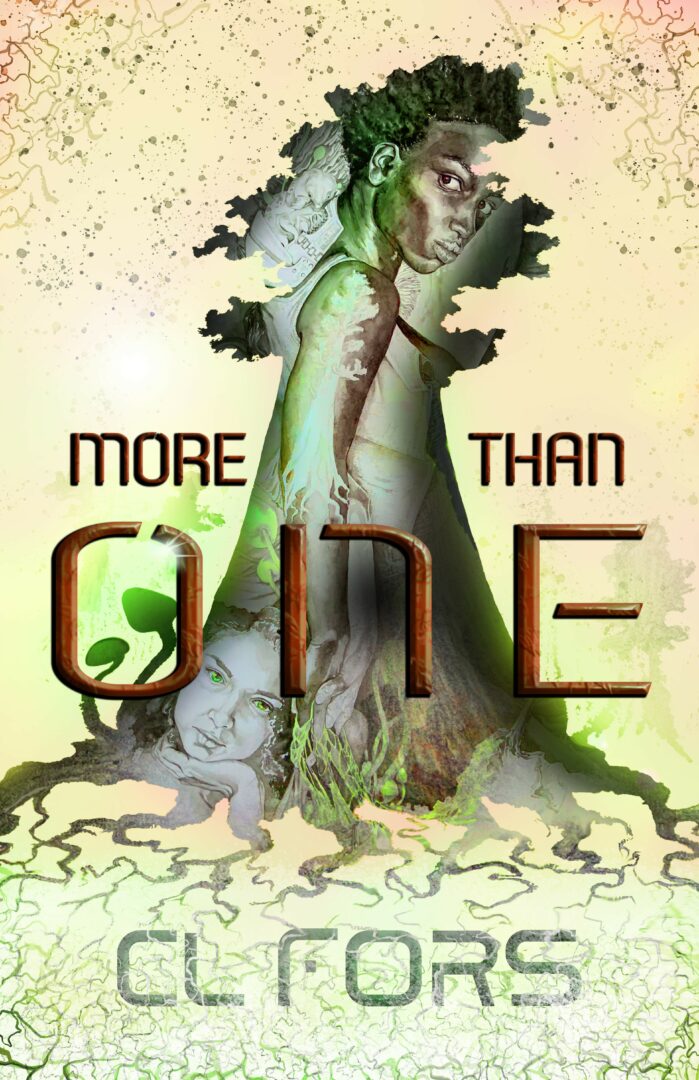
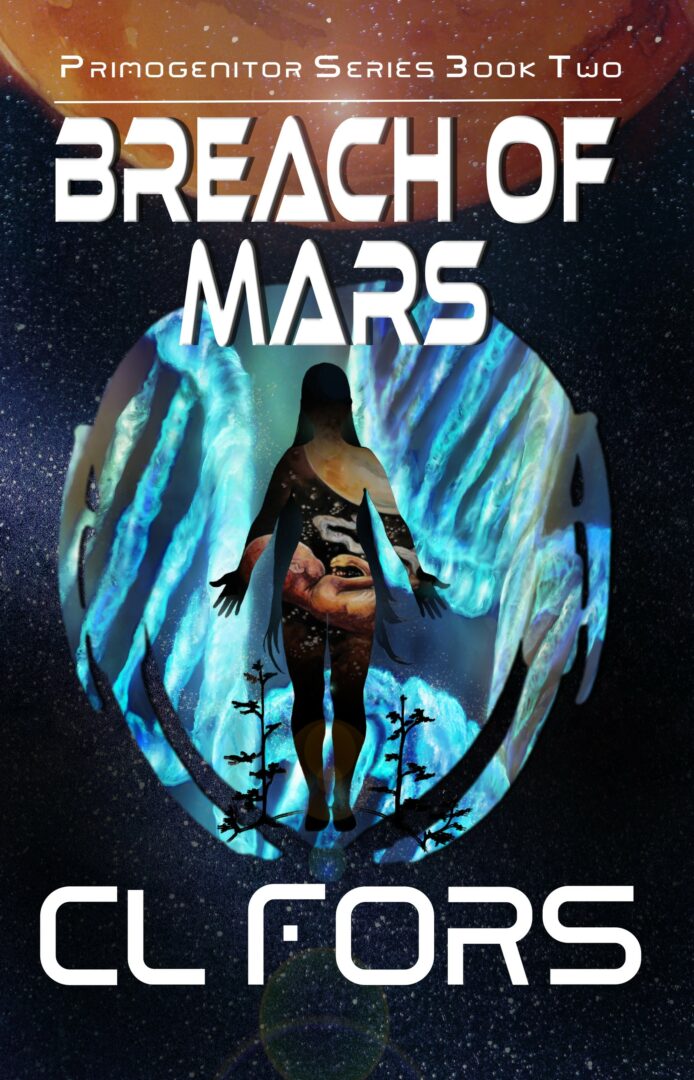
If you knew you only had a decade of life left, how would you spend that decade?
If I had one decade of life left to live, I would spend it the same way that I am now, but with even sharper focus on loving and remembering what matters. I spend my time with my family, with my friends, and in creating works of art and fiction that I hope will be special to people who find it. If I only had a decade left I’d finish the books and paintings I have in progress and share them with the world as widely as I can, and I’d share every experience I can with my husband and my children, my siblings, my friends, but also with new people, new friends that I meet at conventions and who find me through my writing. I hope to leave my family with shining memories that remind them I am always a part of them, downloaded into their minds through shared memory and to leave the world as many of my stories as I can.
When I read a book, I feel like I’ve been allowed to take in a little piece of a writer’s soul or tasted the inner workings of their deeper self. I want to give of myself in that way for as long as I can. That’s how I know I’m doing the right thing with my life. If the end was only ten years off, I would stay the course.
Contact Info:
- Website: https://www.clforsauthor.com
- Instagram: c.l.forsauthor
- Facebook: CL Fors
- Twitter: @CLFors
- Other: Newsletter: tiny.cc/clforstaproot
Website2: www.clforsauthor.com
Patreon: patreon.com/OrionsFlight
First Book on Amazon: https://a.co/d/0Oqvsik
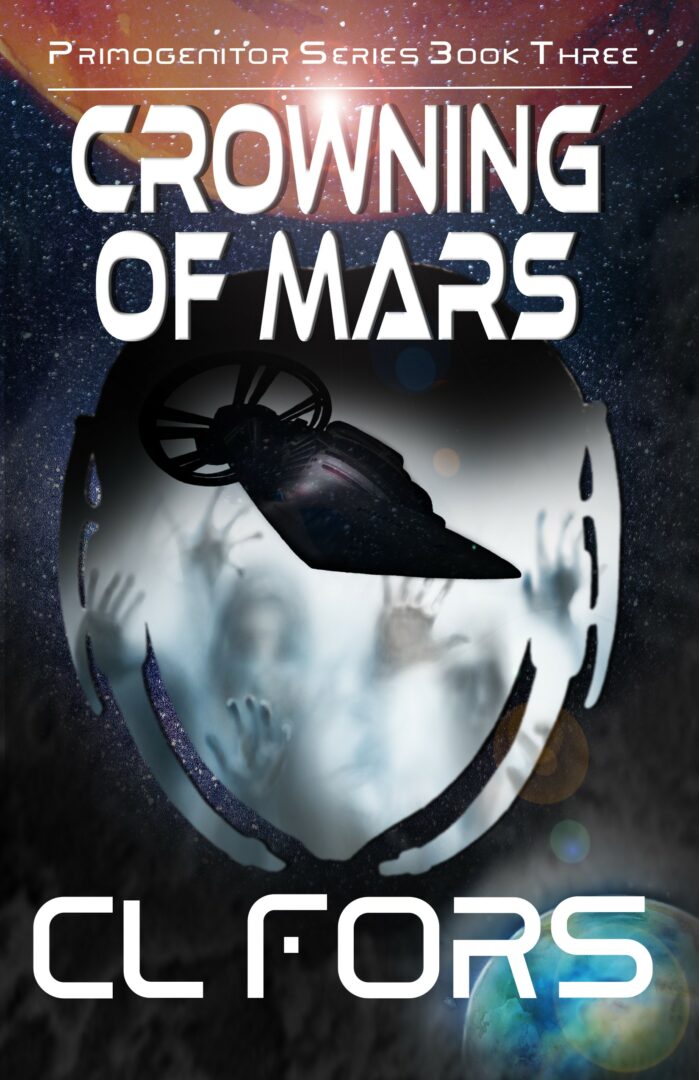
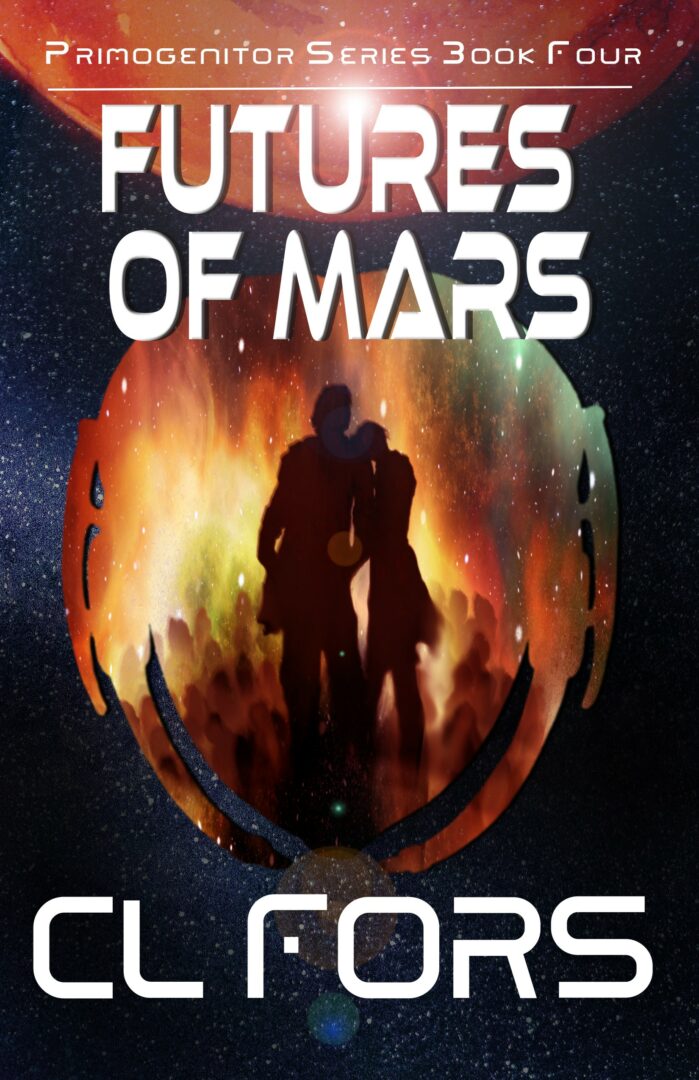
Image Credits
Hannah Fors
CL Fors
so if you or someone you know deserves recognition please let us know here.

